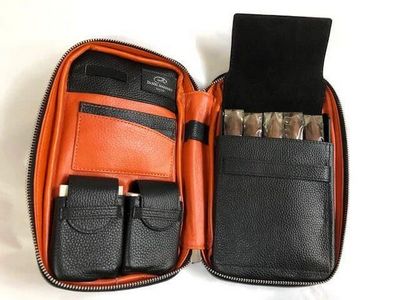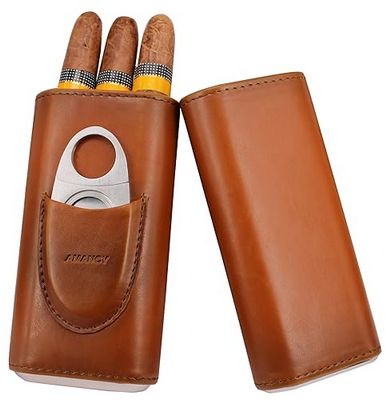
How to Season a Humidor
how to season a humidor is an essential process for any cigar enthusiast aiming to preserve and enhance the quality of their cigars. The integral role that a humidor plays in maintaining the delicate balance of moisture ensures that every cigar you smoke provides the optimal experience it was crafted for. Let’s delve into the intricate yet rewarding process of seasoning, ensuring that your humidor is prepared for long-term cigar storage.
Understanding the Importance of Seasoning
Seasoning a humidor may seem like a daunting task, but it is crucial for preserving the richness and taste of your cigars. A new unseasoned humidor can strip moisture away from your cigars, leading them to dry out and lose their flavor profile. The primary goal of seasoning is to establish a stable internal environment within the humidor that mirrors ideal cigar storage conditions — this typically includes a humidity level around 65-72% and a temperature around 65 degrees Fahrenheit.
Materials You’ll Need
Before we begin, make sure you have the necessary materials:
- A clean glass or ceramic bowl
- Distilled water
- A sponge or a clean cloth
- A hygrometer (preferably digital for accuracy)
- Humidor seasoning wipes or propylene glycol solution (optional but recommended)
Step-by-Step Guide to Seasoning a Humidor
Step 1: Prepare the Interior

Begin by removing all detachable parts inside the humidor, such as trays and dividers. Moisten a sponge or clean cloth with distilled water—never use tap water as it contains minerals that could potentially harm the wood—and gently wipe down the interior surfaces, including removable trays and dividers. Ensure the cloth is damp and not dripping wet. This preparation helps the wood to start absorbing some initial moisture.
Step 2: Calibrate Your Hygrometer
A hygrometer is crucial for monitoring humidity levels, and accuracy is key. If your hygrometer needs calibration, follow these steps: wrap the hygrometer in a moist towel for about 30 minutes. Once you unwrap it, the reading should be about 95-100% relative humidity. If not, adjust it to the appropriate number according to the manufacturer’s guidelines.
Step 3: Introduce Humidity
Place a bowl of distilled water inside the humidor. Close the lid and leave it for about 24 to 36 hours. The humidor will begin to absorb moisture, gradually reaching the appropriate humidity level. For a more efficient process, you might also use humidor seasoning wipes or a propylene glycol solution, which are designed to stabilize the humidity faster. These products can be placed inside alongside the water bowl to expedite the process.
Step 4: Monitor and Adjust
Periodically check the hygrometer to monitor humidity levels. After the initial 24-hour duration, if required, replenish the water bowl and continue the process until you achieve a consistent 65-72% humidity inside the humidor. During this time, refrain from placing cigars inside the humidor. Patience is key, as rushing might affect the efficacy of the seasoning process.
Step 5: Final Preparation
Once your humidor stabilizes within the target humidity range, remove the water bowl and place the calibrated hygrometer inside for ongoing monitoring. Equipped with this stable environment, you can confidently introduce your cigars. Consider using a humidification device, such as crystal gel or beads, particularly if you live in a place with fluctuating environmental humidity. These aides will continue maintaining the ideal conditions within your humidor, preserving your cigars’ quality over time.
Conclusion
Seasoning your humidor is an investment in maintaining the superior quality of your cigars. Though the process requires careful attention and patience, the results are invaluable. With a properly seasoned humidor, you ensure that each cigar retains its crafted flavor and character, creating an optimal experience with every smoke. Remember, the essence of cigar enjoyment lies not only in the quality of the cigar itself but also in how well it is preserved in its storage environment.
